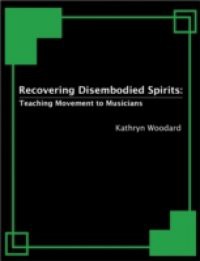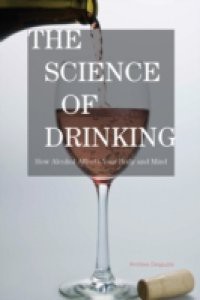Understanding physical movement is an integral part of learning to make music. This article presents the action research the author has pursued for the past ten years, drawing on her interactions with students and with other performing musicians. The narrative provides a theoretical underpinning for the teaching practices discussed. It provides examples of musicians' movement with analyses of the anatomical structures involved, and it discusses the influences of bodily perception on observing and learning movement (e.g. the body map). The implications of the study are to provide a somatic foundation for music education and thereby to enhance the understanding of music as embodied experience. The discussion of movement in teaching music is certainly not a new development given the numerous pedagogical texts that stress the acquisition of physical skill in singing and playing instruments (e.g. Uzsler et al., 2000). What has been widely neglected in this sort of training is a full consideration of research into the perception and cognition of movement and how teaching movement with this knowledge can enhance a student's sense of embodiment. In this article I draw on sources from a wide range of disciplines to provide a theoretical framework for my discussion, and I address the practical application of the source material to teaching movement. My research into musicians' movement draws on my background in somatic disciplines, ethnomusicology and performance research. I describe examples from my teaching practice in order to provide a methodology for action research in this area and to discuss a specific approach to teaching movement called Body Mapping. My career as a pianist has been strongly influenced by exposure to the Alexander Technique and a newer field called Body Mapping that grew out of the work of one prominent Alexander Technique teacher in the United States, Barbara Conable (2002). I credit the work I learned with Conable and other teachers within these disciplines with nothing less than saving my performance career at a time when I was plagued with tension and tension-induced injuries. The process of overcoming these injuries through relearning movements at the piano led me to train as a teacher of body mapping, to research aspects of cognitive neuroscience that support such fields of 'body work', and to explore the implications of musicians' limitations and injuries within the broader social milieu of music making.

















